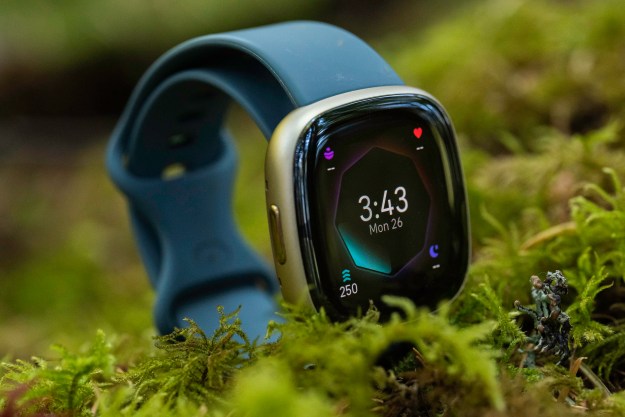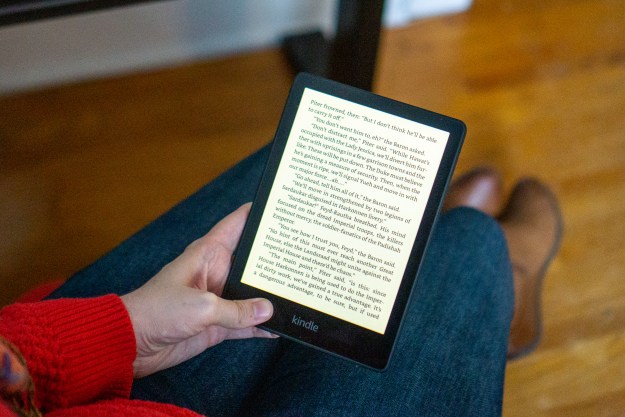
Yet another report of someone running up a monstrous phone bill while abroad hit the press this week. This time, a British teen exploring New York City returned home to find a $6,000 bill waiting, which according to the teen’s parent had been amassed by doing, “Normal teenage stuff.” Apparently this primarily involved posting pictures and updates to Facebook. While a payment plan has been setup to pay off the bill, there is still much hand-wringing in the press about how the network could let it get this out of hand; but really, is there any excuse these days for not understanding that international roaming charges are different than those at home?
There have been almost as many stories written about the high price of international roaming as there have about the massive bills the occasional holiday maker returns home to find. Mobile networks overcharge you for using your phone while out of the country, and enough fuss has been made to force most to do something about it – either voluntarily, or as in the UK, made to do so by the communications regulator. So, while it’s never going to be cheap to use your phone in another country, there are ways to ensure you aren’t saddled with a bill equivalent to what you’d pay for your next two or three holidays combined.
Turn off data roaming
This, by far, is the best way to avoid ridiculous charges, as it stops any data being received or sent by the phone. On the iPhone, the setting is found under Settings>General>Cellular, on Android is Settings>Wireless&Networks>More>Mobile Networks, and finally on Windows Phone it’s Settings>Mobile Networks. With data roaming deactivated, bills with three numbers or more before the decimal point are considerably less likely.
 But what if you need data?
But what if you need data?
Fair enough, data is something not all of us can do without, so what are your options? First, you may want to continue juggling the data roaming activation. Many apps use data even when “sleeping.” You may also want to switch your email client to manual, so it doesn’t continually check for, then download new messages. You have to pay a fair amount for the privilege of roaming data, so don’t waste it.
The biggest safeguards against a big bill will be put in place before you leave home, so make sure you call your network’s customer service and tell them you’re leaving the country, but still need to use your phone. In some places, this is required to turn on international roaming anyway, so use the call to ask about special packages or add-ons at the same time.
For example, AT&T’s Data Global Add-on package costs $30 and provides 120MB of data per month, and can be used in 150 countries around the world. Pay $60 and you get 300MB of data, plus 1GB of Wi-Fi hotspot support. You don’t have to add it on to your bill every month because it has a one-month minimum, so you just select it for the time you’re away (and cancel it when you get back). Verizon’s plan is almost identical, but costs $25 for 100MB. If you’re wondering how far 120MB of data will go, the average 8-megapixel photo is between 3MB and 4MB, so it’s good for sharing at least 30.
In the UK, Vodafone’s EuroTraveller scheme costs £3 per day and lets you use your normal monthly allowance abroad, or £5 per day for 25MB if you’re going outside Europe. There’s also a daily 100MB pack which is priced at £8, and even similar systems for Pay As You Go customers. UK regulator Ofcom forces networks to alert customers when they’re reaching their data limit, or have spent 50 euros, and can only continue using data if they authorize it at that time.
What about calls?
Data is the most expensive part of your mobile bill, but spend long enough on the phone, and you can incur some serious charges there, too. Verizon has its Global Voice Plan, where a $5 monthly package gives a 20 percent discount on its normal rates, while AT&T has a variation on its data add-on, where $30 per month includes a set amount of inclusive minutes, 30 in Europe, 80 in Canada and Mexico, for example. It’s the same story with messaging; a $10 per month option includes 50 messages, or you can get 600 for $60.
None of these options are cheap – on AT&T you could end up spending an extra $70 for your trip – but this would include 120MB of data, a few emergency minutes, and 50 SMS texts. A two-week holiday for Vodafone customers in the UK who want to use the EuroTraveller plan will cost £42, or an extra £112 if they felt 100MB of data each day would be needed. Expensive, yes, but it’s nowhere near as frightening as the alternative.
 A more cunning alternative
A more cunning alternative
If you absolutely must use your phone to its fullest while abroad, then there are other ways to do so, which don’t involve handing over bundles of cash to your network. Yes, they need a little more work, but it’s worth it. Let’s say you’re traveling from the U.S. to the UK, and own an unlocked GSM or world phone; how about getting a local SIM card to put in it? You can find vending machines with Pay As You Go local SIM cards at most European airports, or you could order something like the $30 OneSimCard, which provides considerably cheaper rates for international travelers.
However, if you know someone who lives in the UK, then get them to order a SIM from the GiffGaff network. It’s free, and for £10 you get unlimited data and UK-bound SMS, plus 500 minutes of talktime. Add £10 credit and calls back to the U.S. cost 3p per minute. There’s no ongoing contract, and provided you put some credit on the card every now and then, it won’t be deactivated and can be used again in the future. Pay As You Go SIM cards are common across all networks in Europe, so check with a local friend if you’re planning a trip, as it could end up saving you plenty of money because you can’t overspend.
Plenty of options to avoid phone bill bankruptcy
So, after all this, how did one 14-year old manage to spend £3,800 in just five days? The network at the center of this latest story is Orange, and we know the phone was an Apple iPhone connected to a monthly contract. According to Orange’s website, if no international roaming bundle was activated, one single megabyte of data used in America costs £8. That’s £24 per photo, or about 475MB of data used in total.
The thing is, if said teen wanted to use 500MB of data while in New York, Orange has a handy bundle priced at £175 which offers exactly that. Much more reasonable, we’re sure you’ll agree, and guaranteed not to get you into the newspapers whinging about your lack of foresight.
International roaming is an expensive business, but there are more than enough options out there to avoid bankruptcy if it’s essential. Sadly though, we’d be surprised if this was the last time a story with the headline, “Ill-informed holiday maker racks up gigantic phone bill shocker,” appears in the press.





